Viral Antigens(病毒抗原)
A viral Antigen is an antigen with multiple antigenicities that is protein in nature, strain-specific, and closely associated with the virus particle. A viral antigen is a protein encoded by the viral genome.A viral protein is an antigen specified by the viral genome that can be detected by a specific immunological response.
Viruses are infectious pathogens that cause serious diseases & major threats for global public health, such as influenza, hepatitis, & AIDS. Virus is a sub-micrometer particle that has DNA or RNA packed in a shell called capsid. Viral antigens protrude from the capsid and often fulfill important function in docking to the host cell, fusion, and injection of viral DNA/RNA. Antibody-based immune responses form a first layer of protection of the host from viral infection; however, in many cases a vigorous cellular immune response mediated by T-cells and NK-cells is required for effective viral clearance. When cellular immunity is unable to clear the virus, the infection can become chronic, and serum antibodies to the viral pathogen are used as first indicator for the diagnosis of the disease.
ELISAs provide a valuable tool in the detection and diagnosis of virus infection. The ability to produce recombinant viral proteins will ensure that future ELISAs are safe, specific and rapid. Even when a virus cannot be cultured, provided gene sequence is available, it is possible to rapidly respond to emerging viruses and new viral strains of existing pathogens.
Recombinant viral antigens contain part of viral sequence meaning that the recombinant antigen contains a region which can be recognized by different antibodies produced by different individuals. This reduces the risk of false negatives which can occur with synthetic peptides, which contain only a small portion of the entire protein. If an individual infected with a viral antigen makes antibodies to a part of the protein not included in the synthetic peptides, a false negative results.
Recombinant viral protein usually contains a fusion protein/partner which produces superior attachment to assay surfaces such as wells. For this reason, smaller amounts of recombinant protein will produce the same results as larger amounts of unfused protein. The choice of fusion partner prevents false positives, allowing superior adhesion without incorrect results.
Recombinant Viral proteins are expressed in bacteria, yeast, mammalian cells, and viruses. E. Coli cells were first to be used for this purpose but the expressed proteins were not glycosylated, which was a major drawback since many of the immunogenic proteins of viruses such as the envelope glycoproteins, were glycosylated. Nevertheless, in many instances, it was demonstrated that the non-glycosylated protein backbone was just as immunogenic. The obvious advantage of recombinant viral antigens is that they are available in unlimited quantities and the production and quality control processes is simple.
Advantages of defined using recombinant viral antigens:
1. Production and quality control is simple.
2. No nucleic acids or other viral or external proteins, therefore less toxic.
3. Safer in cases where viruses are oncogenic or establish a persistent infection.
4. Feasible even if virus cannot be cultivated
Disadvantages:
1. May be less immunogenic than conventional inactivated whole-virus vaccines.
2. Requires adjuvant .
3. Fails to elicit CMI.
Facts about Viral Antigens:
1. A Viral Protein Mimics its Way into cells.
2. Viral Protein Helps Infected T Cells Stick To Uninfected Cells.
3. The Viral Protein A238L Inhibits Cyclooxygenase-2 Expression through a Nuclear Factor of Activated T Cell-dependent Trans-activation Pathway.
4. Viral Protein is an effective preventative against ear infection.
5. HIV-1 Viral Protein R Induces Apoptosis via a Direct Effect on the Mitochondrial Permeability Transition Pore.
6. The Level of Viral Antigen Presented by Hepatocytes Influences CD8 T-Cell Function.
7. Antigen-presenting cells from calves persistently infected with bovine viral diarrhea virus, a member of the Flaviviridae, are not compromised in their ability to present viral antigen.
8. There is a difference in the distribution and spread of a viral antigen, development of lesions and correlation between presence of viral antigen and lesions.
9. The absence of viral antigens on the surface of equine herpesvirus-1-infected peripheral blood mononuclear cells is a strategy to avoid complement-mediated lysis.
10. Viral Protein Influences Key Cell-signaling Pathway.
11. A viral protein produced by cancer-causing virus influences a key signaling pathway in the immune cells that the virus infects. This stimulates the cells to divide, helping the virus spread through the body.
12. Protection by recombinant viral proteins against a respiratory virulent avian metapneumovirus has been achieved.
13. Viral O-acetylesterases are found in influenza C viruses and Corona-viruses. Viral O-acetylesterases remove cellular receptors from the surface of target cells which destroys the receptor. Recombinant viral O-acetylesterases derived from Sf9 insect cells as chimeric proteins fused to eGFP specifically hydrolyze 9-O-acetylated sialic acids, while that of sialodacryoadenitis virus, a rat coronavirus related to mouse hepatitis virus, is specific for 4-O-acetylated sialic acid. The recombinant esterases were shown to specifically de-O-acetylate sialic acids on glycoconjugates. The recombinant viral proteins can be used to unambiguously identify O-acetylated acids.
Products for Viral Antigens
- Borrelia(28)
- Chagas(3)
- Chikungunya(7)
- Chlamydia(10)
- Cytomegalo(8)
- Dengue(50)
- Ebola(4)
- EBV(13)
- Encephalitis(8)
- Feline Leukemia Virus(1)
- Hantavirus(1)
- HBsAg(7)
- Helicobacter Pylori(3)
- Hepatitis A(15)
- Hepatitis B(10)
- Hepatitis C(85)
- Hepatitis D(1)
- Hepatitis E(5)
- Herpes(11)
- HERV-K(1)
- HIV(151)
- HTLV(6)
- Influenza(72)
- Lassa(2)
- Malaria(71)
- Mumps(1)
- Mycoplasma(4)
- Norovirus(4)
- Papillomavirus(5)
- Parvovirus(3)
- Rubella(3)
- S. Typhi(5)
- SARS(85)
- Shiga Like Toxin(2)
- Toxoplasma(9)
- Treponema(16)
- Varicella(3)
- West Nile(2)
- Zika(13)
- Cat.No. 产品名称 Information
-
GC45790
Artesunate-d4
青蒿琥酯-D4
An internal standard for the quantification of artesunate
-
GC46091
Aszonapyrone A
A meroditerpene fungal metabolite with diverse biological activities

-
GC73486
Atevirdine
Atevirdine是一种强效的非核苷HIV-1逆转录酶抑制剂。
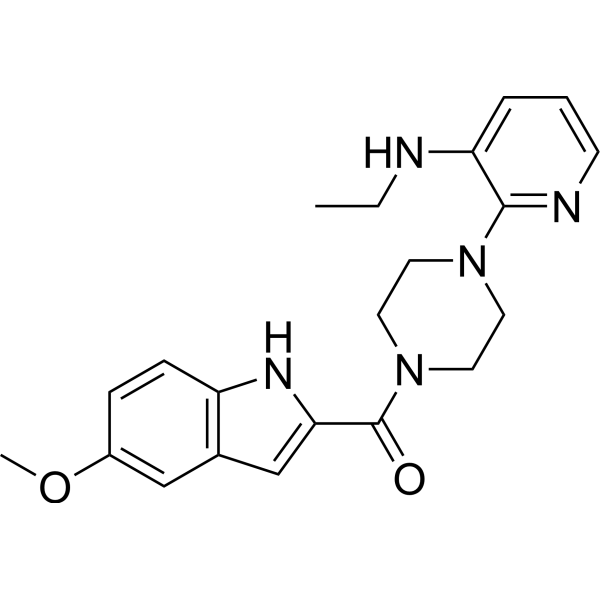
-
GC48925
Aureonitol
A fungal metabolite

-
GC46895
Aurintricarboxylic Acid (ammonium salt)
铝试剂
A protein synthesis inhibitor with diverse biological activities
-
GC65963
AzddMeC
CS-92
AzddMeC (CS-92) 是一种抗病毒核苷类似物,也是一种有效的,选择性的,具有口服活性的 HIV-1 逆转录酶和 HIV-1 复制的抑制剂。在感染 HIV-1 的人类 PBM 细胞和感染 HIV-1 的人类巨噬细胞中,AzddMeC 的 EC50 值分别为 9 nM 和 6 nM。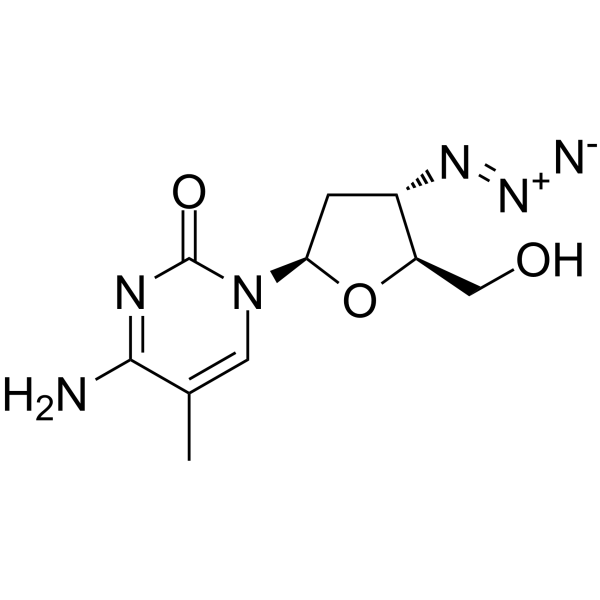
-
GC60616
AZT triphosphate
3'-Azido-3'-deoxythymidine-5'-triphosphate
AZTtriphosphate(3'-Azido-3'-deoxythymidine-5'-triphosphate)是一种Zidovudine(AZT)的活性三磷酸酯代谢产物。AZTtriphosphate具有抗逆转录病毒的活性,并抑制HIV复制。AZTtriphosphate还可抑制HBV的DNA聚合酶。AZTtriphosphate可激活线粒体介导的凋亡(apoptosis)途径。
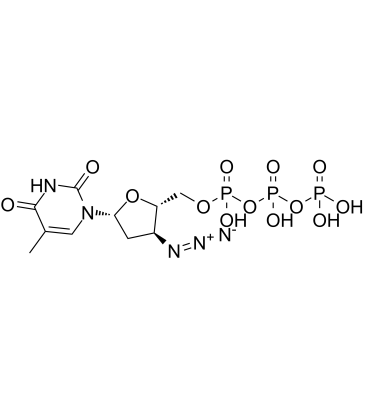
-
GC60617
AZT triphosphate TEA
3'-Azido-3'-deoxythymidine-5'-triphosphate TEA
AZTtriphosphateTFA(3'-Azido-3'-deoxythymidine-5'-triphosphateTFA)是一种Zidovudine(AZT)的活性三磷酸酯代谢产物。AZTtriphosphateTFA具有抗逆转录病毒的活性,并抑制HIV复制。AZTtriphosphateTFA还可抑制HBV的DNA聚合酶。AZTtriphosphateTFA可激活线粒体介导的凋亡(apoptosis)途径。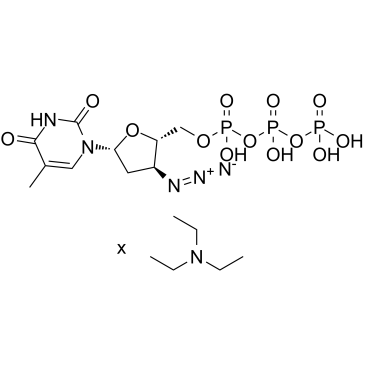
-
GC68719
AZT triphosphate tetraammonium
3'-Azido-3'-deoxythymidine-5'-triphosphate tetraammonium
AZT triphosphate (3'-Azido-3'-deoxythymidine-5'-triphosphate) tetraammonium 是一种 Zidovudine (AZT) 的活性三磷酸酯代谢产物。AZT triphosphate tetraammonium 具有抗逆转录病毒的活性,并抑制 HIV 复制。AZT triphosphate tetraammonium 还可抑制 HBV 的 DNA 聚合酶。AZT triphosphate tetraammonium 可激活线粒体介导的凋亡 (apoptosis) 途径。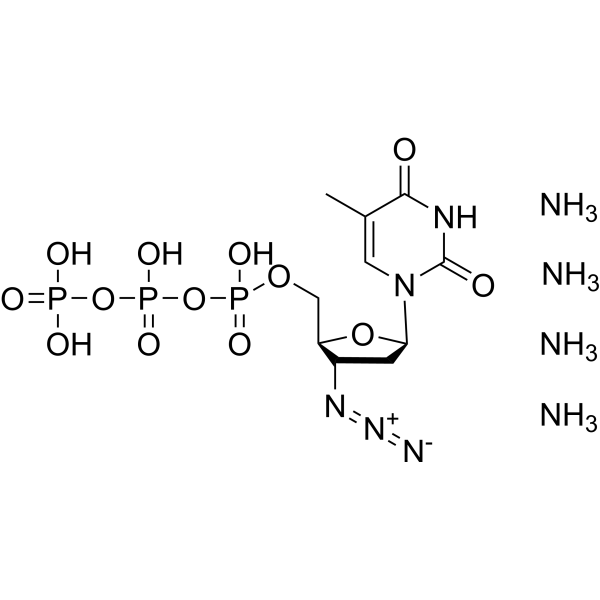
-
GC39526
Azulene
甘菊蓝; Cyclopentacycloheptene
Azulene (Cyclopentacycloheptene) 是萘的异构体,具有高抗 HIV 活性。Azulene 是从洋甘菊精油中分离出来的,在药物化学中是一种支架。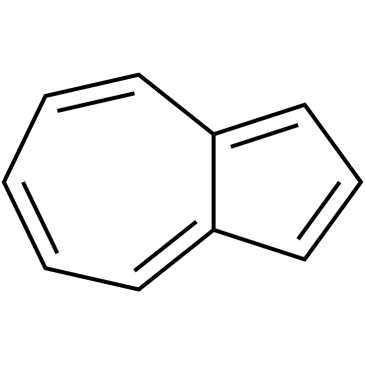
-
GC73412
BDM-2
BDM-2是HIV-1整合酶(IN指整合酶)的IN-LEDGF变构抑制剂(INLAI)(IC50=47 nM),具有强效的抗逆转录病毒(ARV)活性。
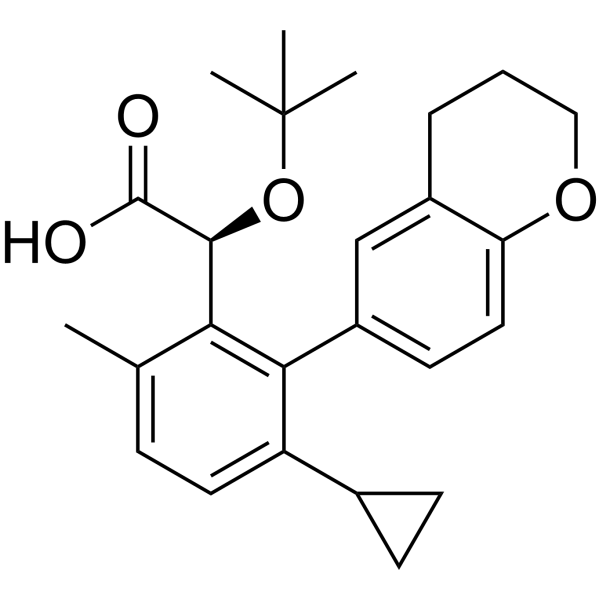
-
GC46910
Beauvericin A
A cyclodepsipeptide with diverse biological activities

-
GC46915
Bendiocarb
恶虫威
A broad-spectrum carbamate insecticide
-
GC46922
Betamethasone 21-phosphate (sodium salt hydrate)
A synthetic glucocorticoid

-
GC48446
Betulin 3,28-diacetate
桦木脑二乙酸,Betulin 3,28-diacetate
A triterpene with antiviral and hepatoprotective activities
-
GC48520
Betulonaldehyde
白桦脂醛,半合成
A pentacyclic triterpenoid
-
GC52326
Biotin-PEG4-LL-37 (human) (trifluoroacetate salt)
A biotinylated and pegylated form of LL-37

-
GP25196
Borrelia Afzelii BmpA
Borrelia Afzelii Basic Membrane Protein A Recombinant

-
GP25194
Borrelia Afzelii DbpA
Borrelia Afzelii Decorin Binding Protein A Recombinant

-
GP25195
Borrelia Afzelii OspA
Borrelia Afzelii Outer Surface Protein A Recombinant

-
GP25197
Borrelia Afzelii OspC
Borrelia Afzelii Outer Surface Protein C Recombinant

-
GP25198
Borrelia Afzelii p100
Borrelia Afzelii Outer Surface Protein p100 Recombinant

-
GP25200
Borrelia Bavariensis DbpA
Borrelia Bavariensis DbpA Recombinant

-
GP25188
Borrelia Bavariensis VlsE1
Borrelia Bavariensis VlsE1 Recombinant

-
GP25189
Borrelia Bavarriensis 58
Borrelia Bavariensis p58 Recombinant

-
GP25180
Borrelia BmpA
Borrelia Burgdorferi Basic Membrane Protein A Recombinant

-
GP25179
Borrelia DbpA
Borrelia Burgdorferi Decorin Binding Protein A Recombinant

-
GP25181
Borrelia DbpB
Borrelia Burgdorferi Decorin Binding Protein B Recombinant

-
GP25193
Borrelia Garinii DbpA
Borrelia Garinii Decorin Binding Protein A Recombinant

-
GP25192
Borrelia Garinii OspC
Borrelia Garinii OspC Recombinant

-
GP25199
Borrelia Miyamotoi GlpQ
Borrelia Miyamotoi GlpQ Recombinant

-
GP25183
Borrelia NapA
Borrelia Burgdorferi Neutrophil Activating Protein A Recombinant

-
GP25182
Borrelia OspA
Borrelia Burgdorferi Outer Surface Protein A Recombinant

-
GP25178
Borrelia OspC
Borrelia Burgdorferi Outer Surface Protein C Recombinant

-
GP25177
Borrelia p100
Borrelia Burgdorferi p100 Recombinant

-
GP26425
Borrelia p28
Borrelia Burgdorferi p28 Recombinant produced in E

-
GP26426
Borrelia p30
Borrelia Burgdorferi p30 Recombinant produced in E

-
GP25175
Borrelia p41
Borrelia Burgdorferi p41 Recombinant

-
GP25176
Borrelia p41, Sf9
Borrelia Burgdorferi p41 Recombinant, Sf9

-
GP25184
Borrelia p45
Borrelia Burgdorferi p45 Recombinant

-
GP25185
Borrelia p58
Borrelia Burgdorferi p58 Recombinant

-
GP25186
Borrelia p66
Borrelia Burgdorferi p66 Recombinant

-
GP25191
Borrelia Spielmanii DbpA
Borrelia Spielmanii Decorin Binding Protein A Recombinant

-
GP25190
Borrelia Spielmanii OspC
Borrelia Spielmanii Outer Surface Protein C Recombinant

-
GP25187
Borrelia VisE1
Borrelia Burgdorferi VlsE1 Recombinant

-
GC39238
BRD-K98645985
BRD-K98645985 是一类 12 元大环内酰胺,也是一种 BAF (Brg/Brahma-associated factors) 转录阻遏的抑制剂,EC50 为 ~2.37 µM。BRD-K98645985 结合 ARID1A 特异的 BAF 复合物,防止核小体定位,并有效逆转 HIV-1 潜伏期,并且无 T 细胞毒性。
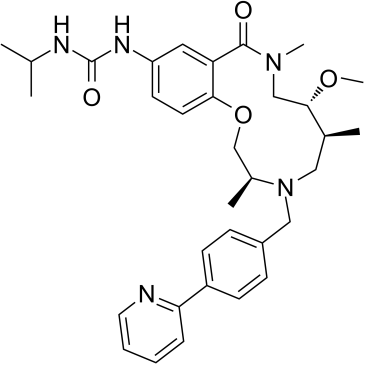
-
GC40824
Brevicompanine B
布雷非德菌素B
A plant growth and plant circadian rhythm regulator
-
GC46106
Butyrolactone V
A fungal metabolite

-
GA21221
Bz-Nle-Lys-Arg-Arg-AMC
Benzoyl-Nle-Lys-Arg-Arg-AMC, Benzoyl-Nle-Lys-Arg-Arg-7-amino-4-methylcoumarin, Bz-Nle-Lys-Arg-Arg-AMC
Bz-Nle-Lys-Arg-Arg-AMC 是黄热病病毒 (YFV) 非结构 3 (NS3)、登革热病毒 (DV) NS2B/3 丝氨酸蛋白酶和寨卡病毒的荧光四肽底物(ZIKV) NS2B/NS3 丝氨酸蛋白酶。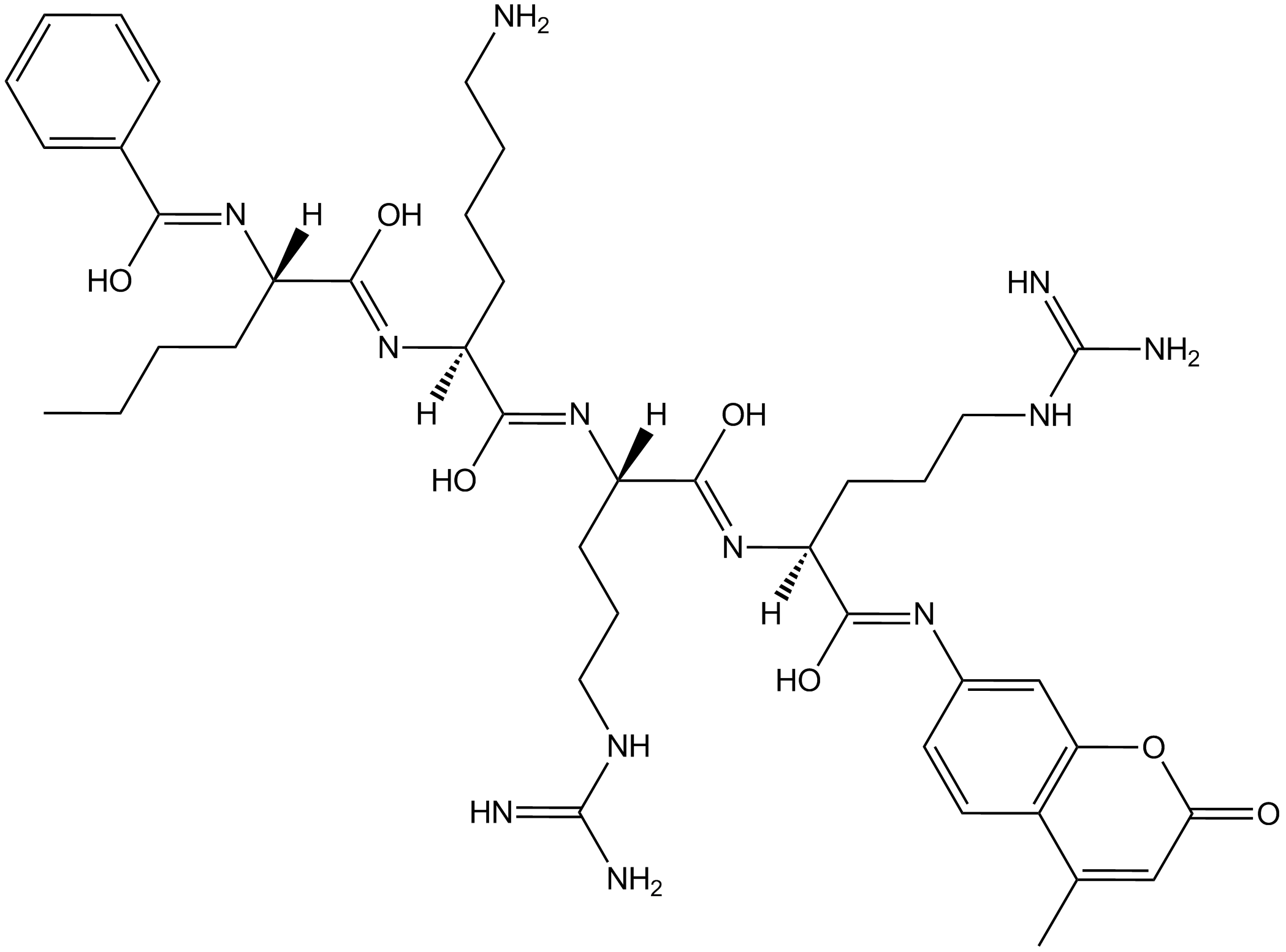
-
GC39739
Bz-RS-iSer(3-Ph)-OMe
(2R,3S)-3-苯甲酰氨基-2-羟基-3-苯基丙酸甲酯
Bz-RS-ISer(3-Ph)-Ome is a chemical.




